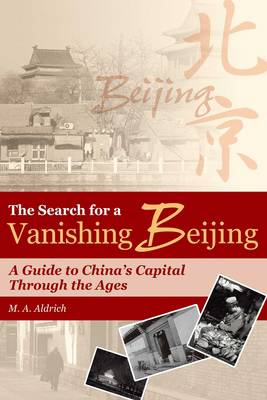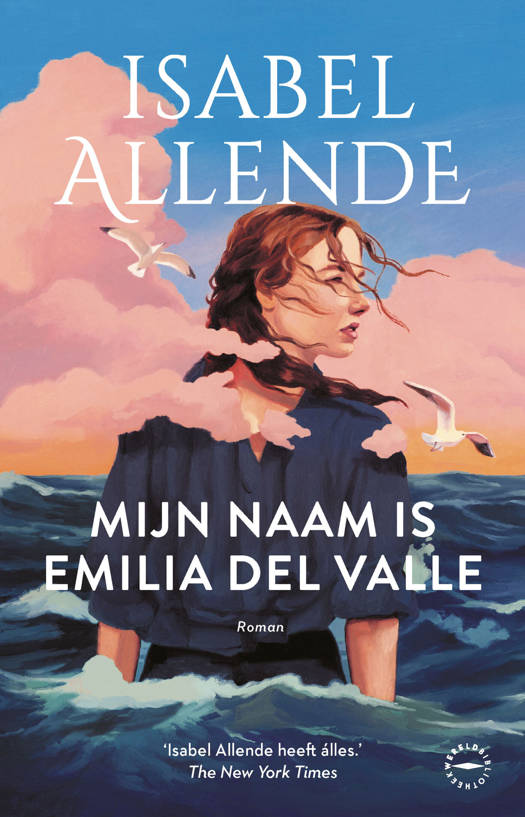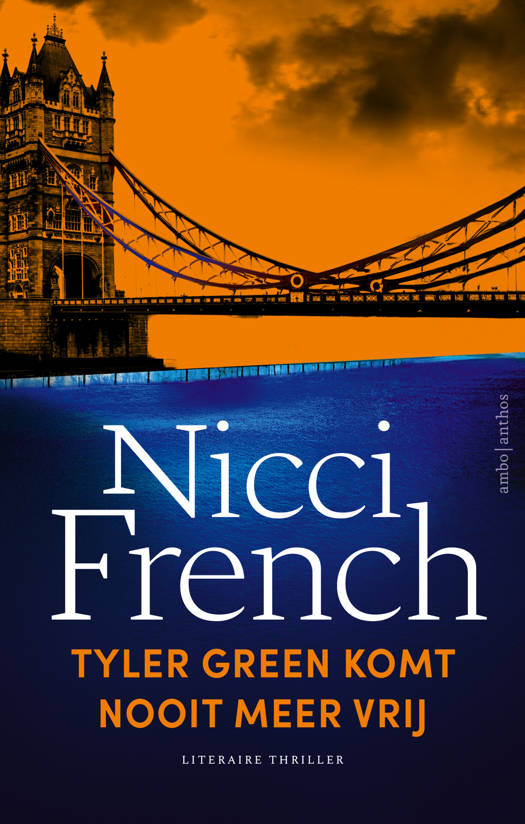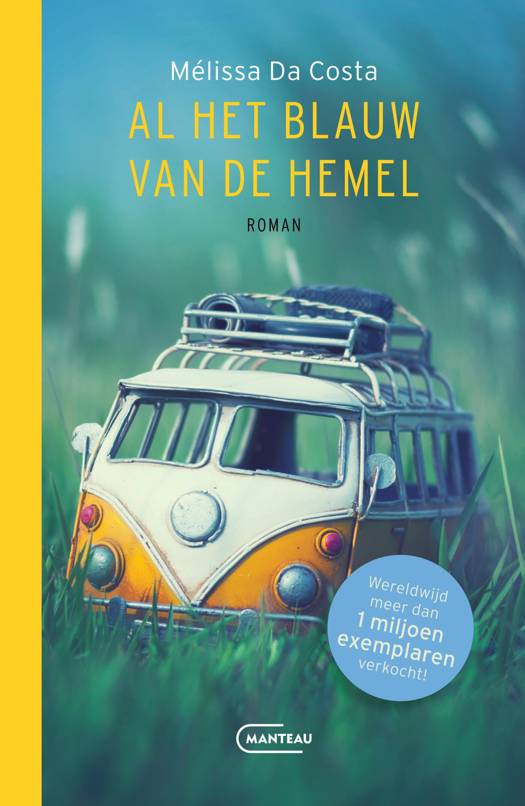
- Afhalen na 1 uur in een winkel met voorraad
- Gratis thuislevering in België vanaf € 30
- Ruim aanbod met 7 miljoen producten
- Afhalen na 1 uur in een winkel met voorraad
- Gratis thuislevering in België vanaf € 30
- Ruim aanbod met 7 miljoen producten
Zoeken
The Search for a Vanishing Beijing
A Guide to China's Capital Through the Ages
M A Aldrich
Hardcover | Engels
€ 55,95
+ 111 punten
Uitvoering
Omschrijving
The Search for a Vanishing Beijing weaves the genres of travel essays and travel guides into a comprehensive narrative about the cultural mosaic of the capital of China. The author leads the reader through palaces, temples, back streets and markets while bringing back to living memory forgotten or overlooked Peking customs, stories and beliefs. The text touches on everything under the sun as the reader walks from Tian An Men Square through the surrounding neighborhoods and further to sights in rustic settings. The narrative relates stories about imperial customs, street food, temple festivals, historic trees, Red Guard struggle sessions, Tibetan and Mongolian customs, hiking trails, political clashes, residences of famous Chinese and foreigners, ghosts, prisons, classical Chinese poetry, ice-skating, espionage, burial customs, old and new embassy districts, courtesans, restaurants and (even) Chinese liquor. Interspersed throughout the book are stories told by such diverse sources as Marco Polo and Bernard Shaw as well as 20th century Sinophiles like Juliet Bredon, George Kates and David Kidd. Commentary from Ming and Qing era travel guides are brought out for a Chinese perspective on celebrated locations in the city.
Specificaties
Betrokkenen
- Auteur(s):
- Uitgeverij:
Inhoud
- Aantal bladzijden:
- 422
- Taal:
- Engels
Eigenschappen
- Productcode (EAN):
- 9789622097773
- Verschijningsdatum:
- 7/02/2006
- Uitvoering:
- Hardcover
- Formaat:
- Genaaid
- Afmetingen:
- 152 mm x 229 mm
- Gewicht:
- 850 g

Alleen bij Standaard Boekhandel
+ 111 punten op je klantenkaart van Standaard Boekhandel
Beoordelingen
We publiceren alleen reviews die voldoen aan de voorwaarden voor reviews. Bekijk onze voorwaarden voor reviews.











